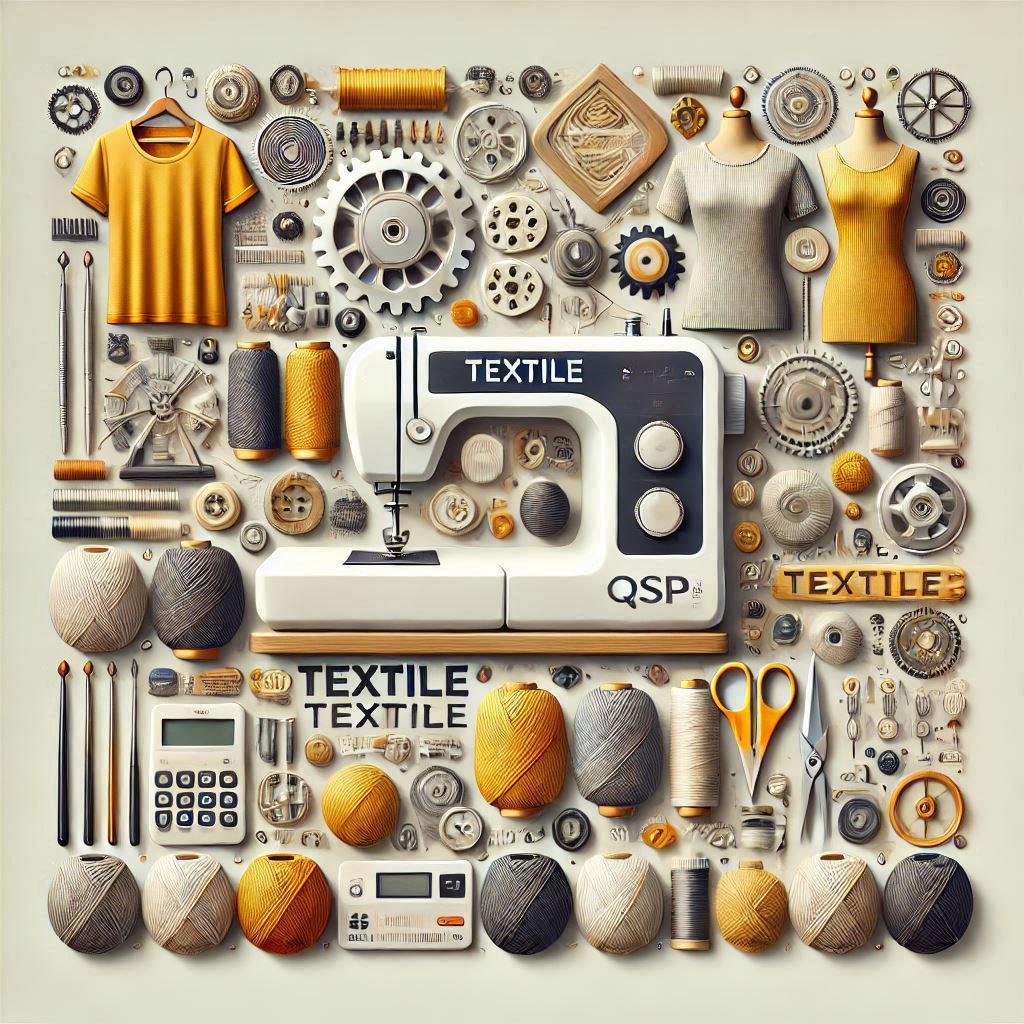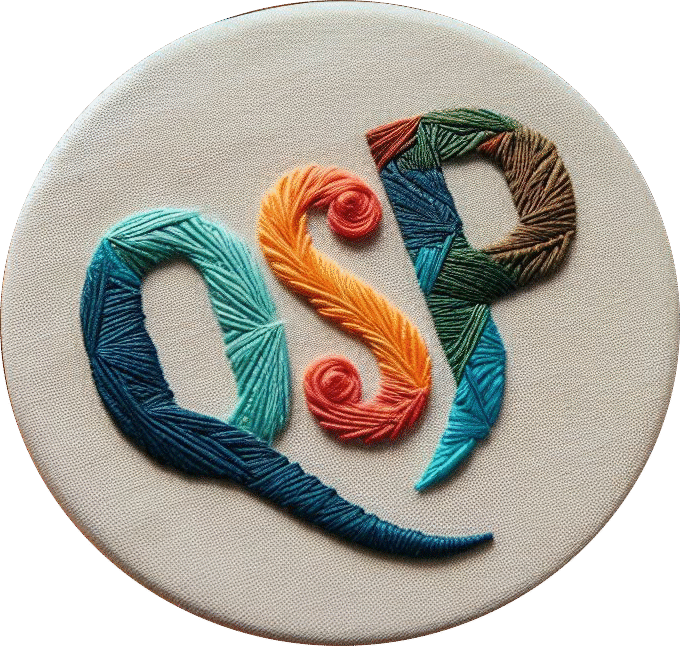The Rayon
In the vast universe of textile fibers, few have a history as fascinating as rayon. ✨ Often described as «artificial silk», rayon is one of the most promising regenerated textile fibers in the textile industry. 🌱 This article explores the origins of rayon, its evolution, and its key role in the transition toward a more sustainable fashion industry. 💚
🌱 What is Rayon?
Rayon was the first semisynthetic textile fiber created by humans. 🧪 Despite being chemically processed, its origin is natural, as rayon is derived from plant-based cellulose. 🍃 This feature qualifies rayon as a regenerated fiber, widely used in the textile industry and considered a more sustainable option than synthetic materials. 🌍 Thanks to its silky texture, textile fibers like rayon blend well with cotton and linen, reinforcing its presence in the sustainable textile industry. 🤝
📜 History of Rayon
Rayon was born in France in the late 19th century as an affordable alternative to silk. 🇫🇷 This innovation marked a turning point in textile fibers, quickly becoming a valuable option in the textile industry. 💼 Initially known as «viscose,» rayon was established as a sustainable fiber for mass production. 🧵 The evolution of rayon shows how textile fibers can adapt to new demands and support a sustainable textile industry. 💡
🧵 Characteristics of Rayon
Rayon stands out among textile fibers for its softness, breathability, and natural sheen. ✨ In the textile industry, rayon is valued for its moisture absorption, dye affinity, and silky finish. 🌬️ However, rayon is also highly flammable and prone to shrinking, requiring special care. ⚠️ These features make it a versatile member of the textile fiber family, and it remains relevant in a textile industry increasingly focused on being sustainable. ♻️
🌳 Variations of Rayon
There are different types of rayon available in the textile fiber market, each with unique properties for the textile industry:
🍂 1. Modal
Rayon Modal, made from beech pulp, has a smoother surface than other textile fibers. 🌿 It is breathable, durable, and considered a sustainable option for home textiles. 🛏️ Modal represents a step forward in the development of rayon, helping the textile industry shift toward more sustainable solutions. 💚
🍃 2. Lyocell
Lyocell is a rayon variation made with a closed-loop, eco-friendly process, ideal for those seeking textile fibers with low environmental impact. 🧼 Lyocell is strong, silky, and biodegradable, making it a top choice in the sustainable textile industry. 🌍 This type of rayon redefines the standards of what a sustainable fiber should be. 🏅
🌾 3. Cupro
Cupro is a type of rayon made from cotton linter. 🌱 It differs from other textile fibers due to its lustrous surface and anti-static properties. ⚡ Its use is growing in the elegant fashion sector of the textile industry, where sustainable and sophisticated materials are highly valued. 👗 Rayon Cupro joins the list of sustainable textile solutions. 🌟
🧶 4. Viscose
Viscose is the most traditional form of rayon, and one of the most widely used textile fibers globally. 🌐 While versatile, its production is not always sustainable, as it can generate harmful emissions. 🏭 Still, viscose remains essential to the textile industry, especially when its manufacturing is managed in a sustainable way. ✅
👗 Uses of Rayon in the Textile Industry
Rayon has diverse applications among today’s textile fibers. 🛍️ It is used in summer clothing, lingerie, sportswear, and home textiles. 🏠 In the textile industry, rayon is also popular for linings and elegant garments due to its drape and sheen. ✨ These qualities make it one of the key textile fibers in a textile industry that is increasingly geared toward the sustainable. 💡
🌍 Environmental Impact of Rayon
Although rayon originates from natural materials, it is not always a fully sustainable fiber. ⚠️ Some types of rayon involve the use of chemicals and high water consumption, negatively affecting sustainable textile fibers. 💧 However, options like Lyocell are transforming the textile industry through low-impact processes. 🌀 Rayon can be part of a shift toward more sustainable production if manufactured responsibly within the textile industry. 📈
🌿 Alternatives to Rayon
While rayon holds a special place among textile fibers, other sustainable alternatives also exist. ✅ Organic cotton, mechanically processed bamboo, and natural silk are textile fibers that can replace rayon in many applications. 🧺 The textile industry has access to a range of sustainable options, among which rayon remains valid if produced sustainably. 🔄
✨Rayon Between Tradition and Sustainability
Rayon is one of the most versatile and transformative textile fibers. 🔄 Its story in the textile industry proves that a fiber can reinvent itself and adapt to the demands of a sustainable market. 🌱 Choosing responsibly sourced rayon means supporting a textile industry committed to the future. 🚀
In a world demanding change, rayon can be a bridge between innovation and tradition within the realm of textile fibers. 🌐 When produced under sustainable standards, rayon has much to offer to a more eco-conscious and responsible textile industry. 💚


Deja una respuesta